Air Duct Systems
Categories: Engineering Lab EquipmentVentilation systems are used in many areas. They are used to ventilate offices, sports halls, production halls, conference halls etc. These systems consist of an air duct system and often other facili...
Product
Description
Ventilation systems are used in many areas. They are used to ventilate offices, sports halls, production halls, conference halls etc. These systems consist of an air duct system and often other facilities for the conditioning of room air. There may also be elements for air purification or sound insulation, e.g. filters.
The trainer examines how the air can be distributed in a building. The air duct system is supplied via a speed-controlled fan. The trainee constructs variable air duct systems from commercial components, such as pipes, pipe bends, branches, filters and disk valves. Connections for pressure measurements can be installed at any position.
The effects of the individual components on the pressure loss and thus on the velocity and flow rate of the air are examined. For this purpose there are two manometers with different measuring ranges and a manual device for measuring the air velocity. The fan characteristic is also determined and the power consumption of the fan is measured.
Learning Objectives/Experiments
Plan, setup and test air duct systems
Typical components of ventilation technology
Measure the flow rate and velocity of the air
Measure dynamic and static pressures
Determination of the pressure loss via different components: pipe bends, angles, distributors etc.
Recording of system characteristics
Recording of the fan characteristic
Determination of the operating point
Calculate the electric capacity of the fan motor with regard to current and voltage
Calculate the fan efficiency
quick overview :
Ventilation systems are used in many areas. They are used to ventilate offices, sports halls, production halls, conference halls etc. These systems consist of an air duct system and often other facilities for the conditioning of room air. There may also be elements for air purification or sound insulation, e.g. filters.
The trainer examines how the air can be distributed in a building. The air duct system is supplied via a speed-controlled fan. The trainee constructs variable air duct systems from commercial components, such as pipes, pipe bends, branches, filters and disk valves. Connections for pressure measurements can be installed at any position.
The effects of the individual components on the pressure loss and thus on the velocity and flow rate of the air are examined. For this purpose there are two manometers with different measuring ranges and a manual device for measuring the air velocity. The fan characteristic is also determined and the power consumption of the fan is measured.
Learning Objectives/Experiments
Plan, setup and test air duct systems
Typical components of ventilation technology
Measure the flow rate and velocity of the air
Measure dynamic and static pressures
Determination of the pressure loss via different components: pipe bends, angles, distributors etc.
Recording of system characteristics
Recording of the fan characteristic
Determination of the operating point
Calculate the electric capacity of the fan motor with regard to current and voltage
Calculate the fan efficiency
Product
Reviews
add Review
reviews
No Review Yet.
Copyrights © 2025 All Rights Reserved by Atico

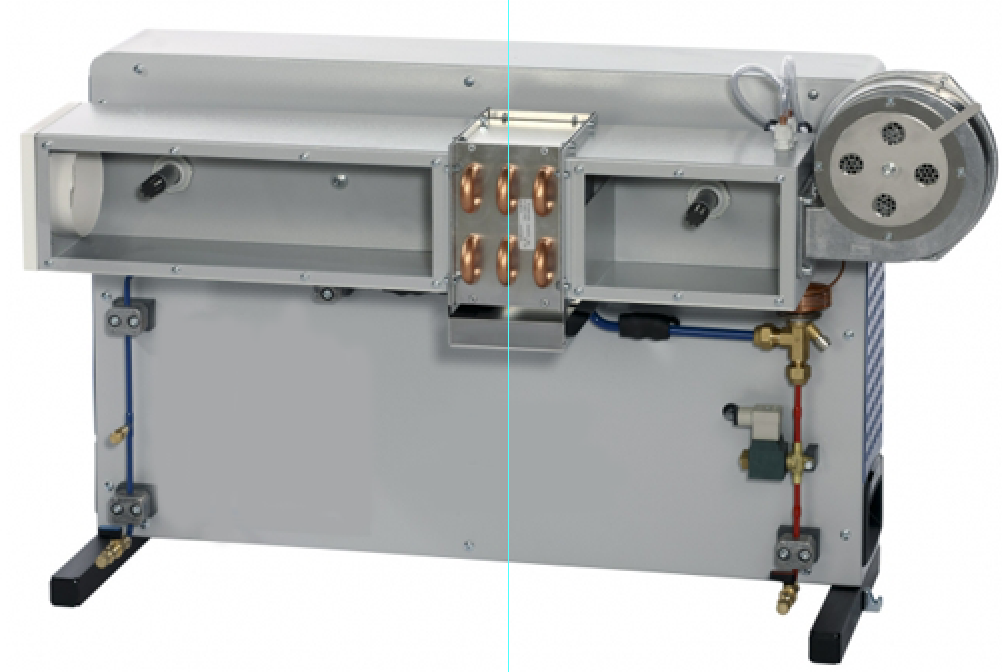




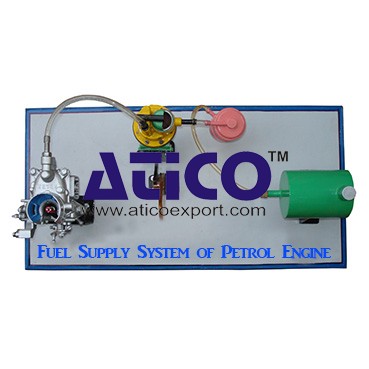
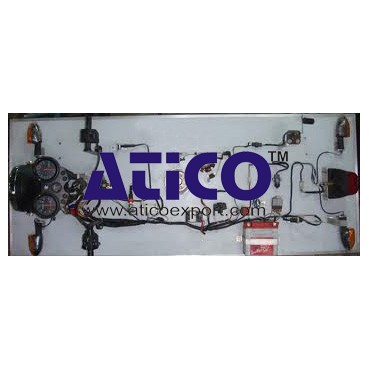
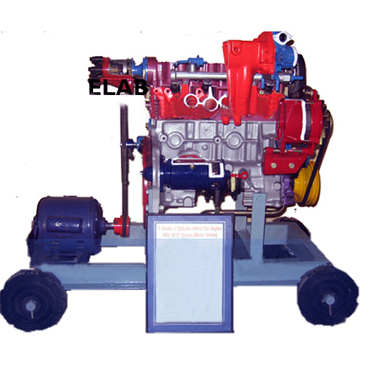
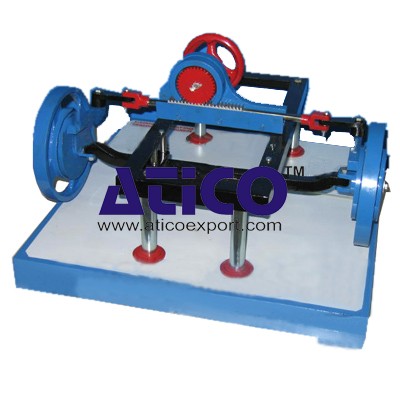
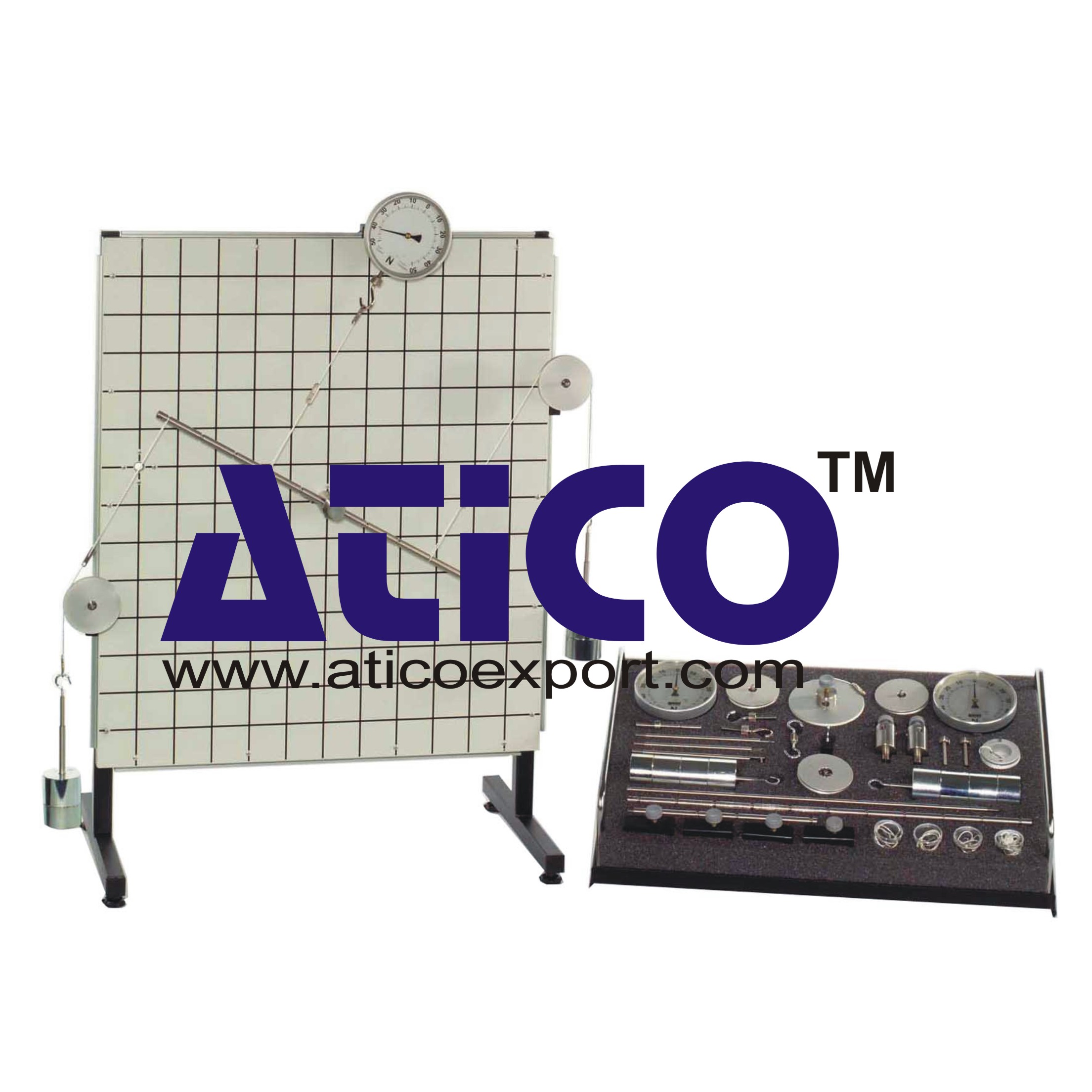
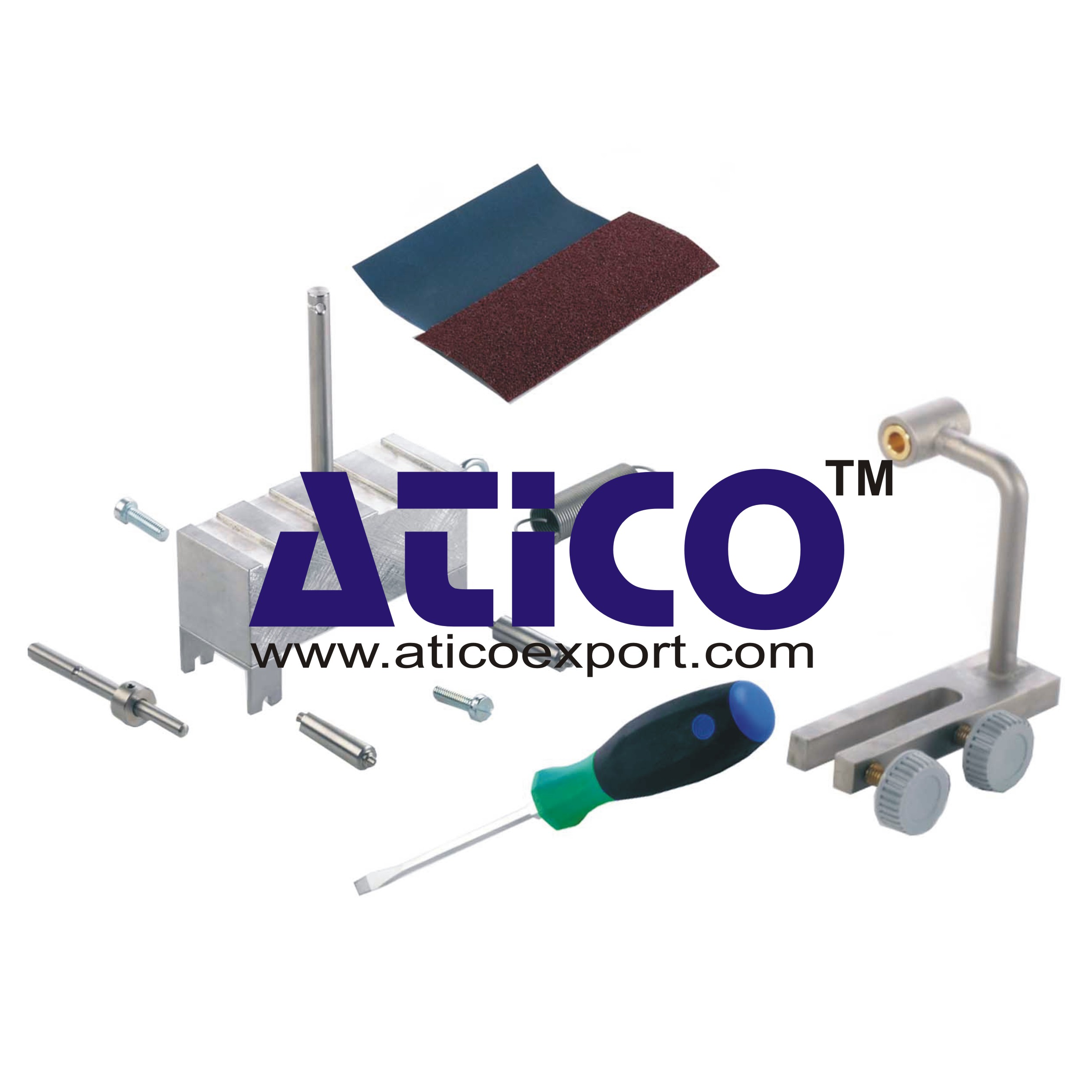
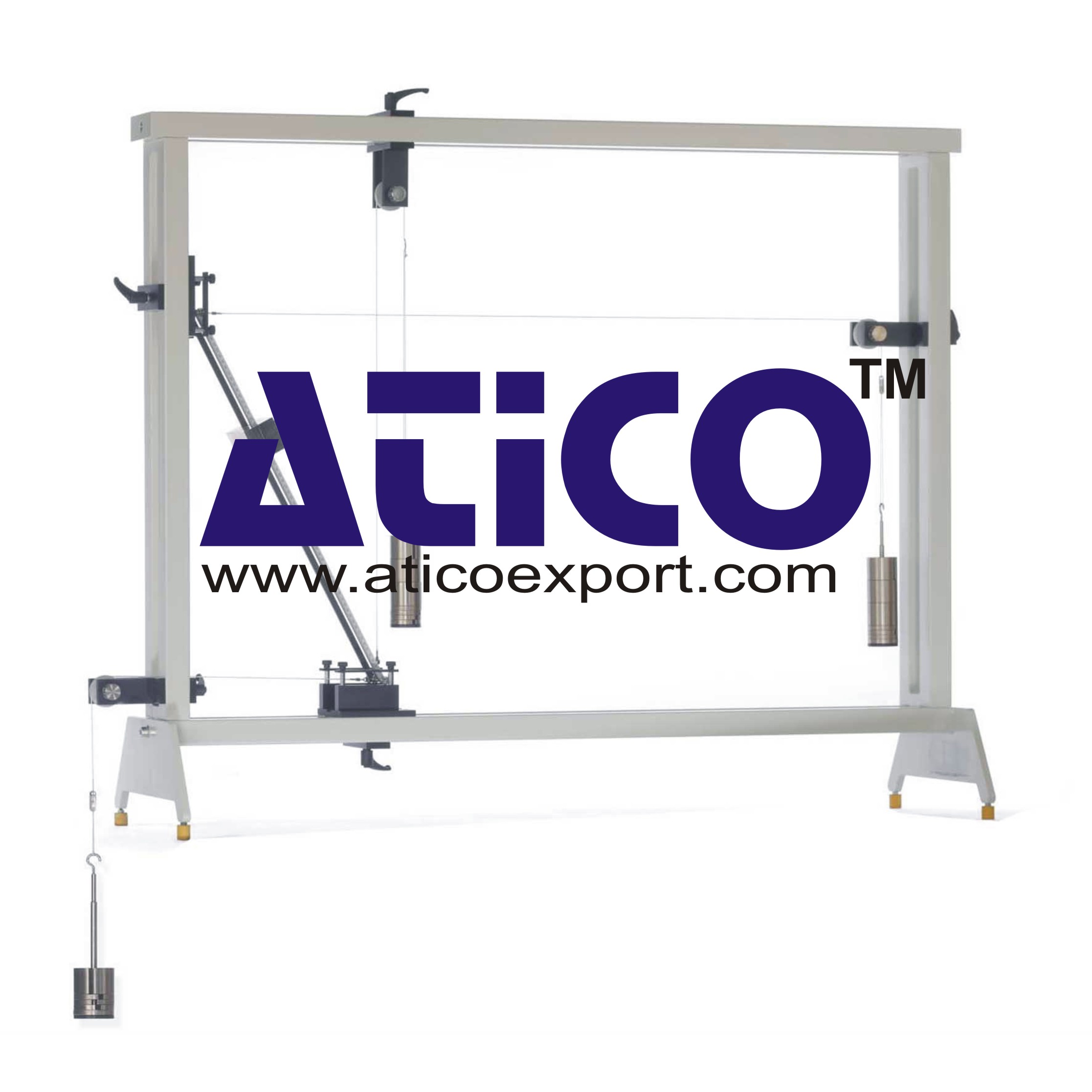
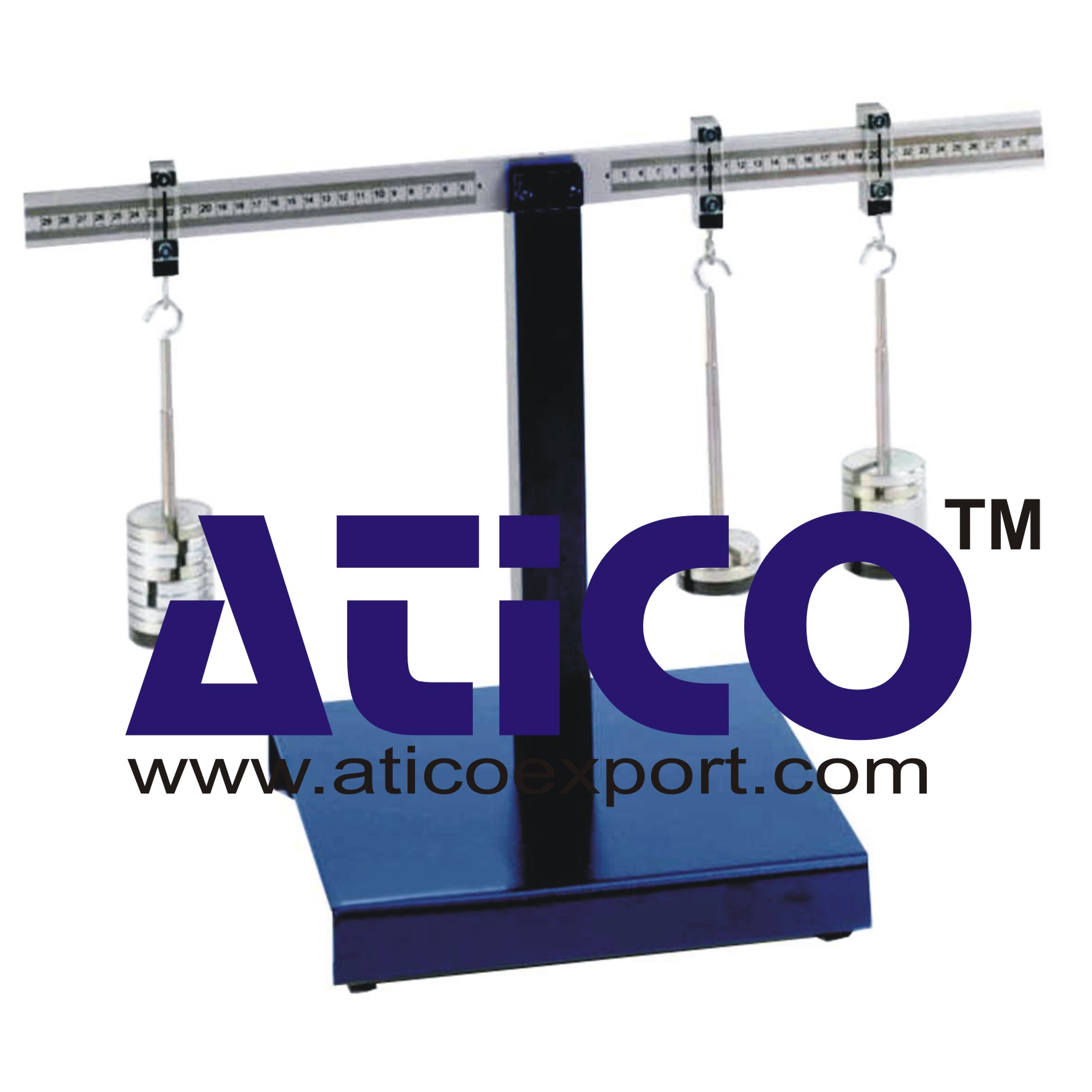
Product
Reviews
add Review
reviews
No Review Yet.